Texas’ Historic Battlefield Trail
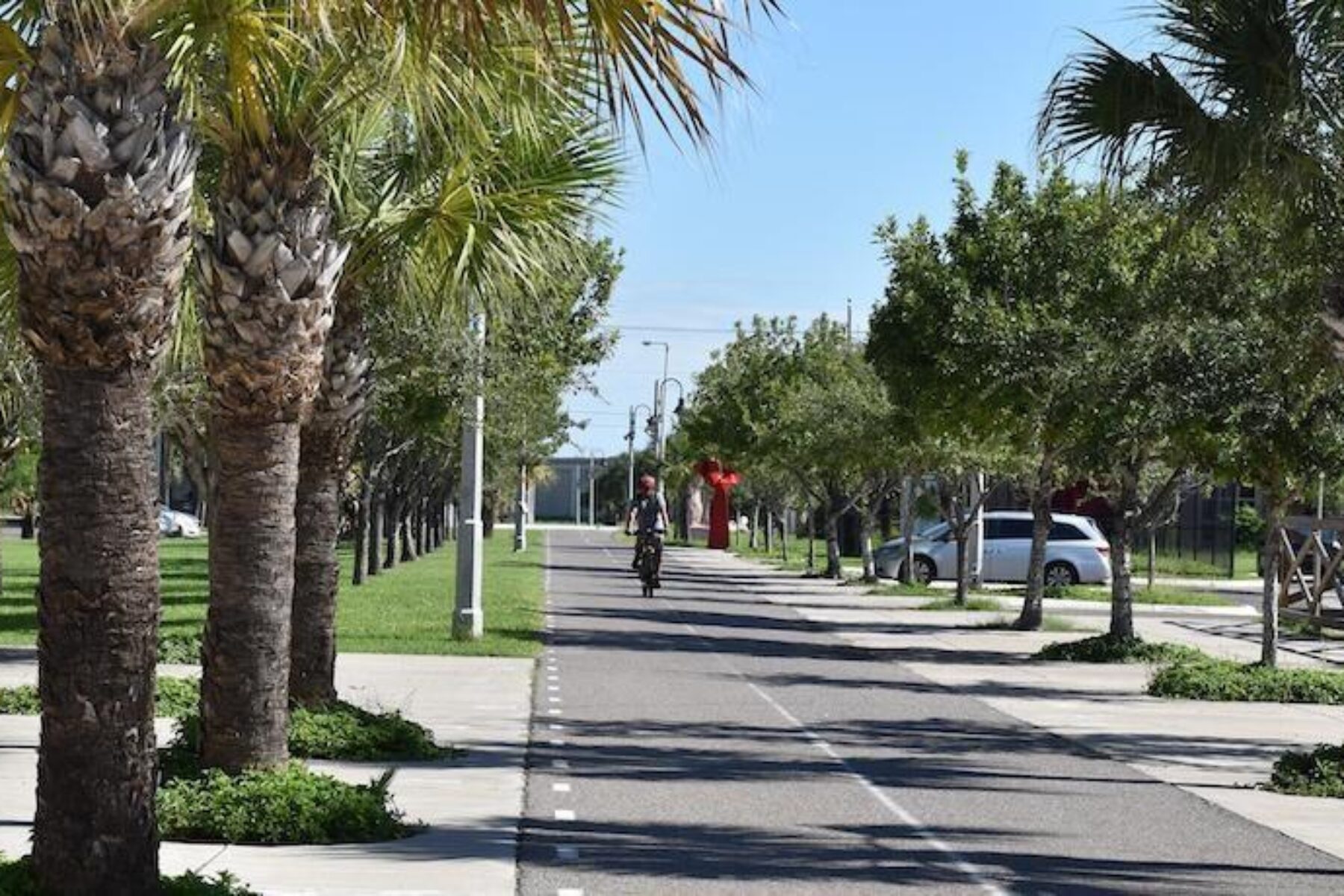
Trail of the Month: Nov. 2020
“It’s accessible, it’s easy to travel, and it feels very safe. It’s for everybody!”
—Belinda Reininger, the regional dean for the University of Texas School of Public Health
Some revolutions begin quietly. On the cusp of the new millennium, the City of Brownsville, on the southern tip of Texas, opened its first trail—a simple linear pathway from its downtown to a national historical park, 8.5 miles to the north. Two decades later, the Historic Battlefield Trail has become a catalyst for a burgeoning 428-mile trail network that will link the rich natural, cultural and historical resources of the Lower Rio Grande Valley, and promote increased physical activity regionwide.
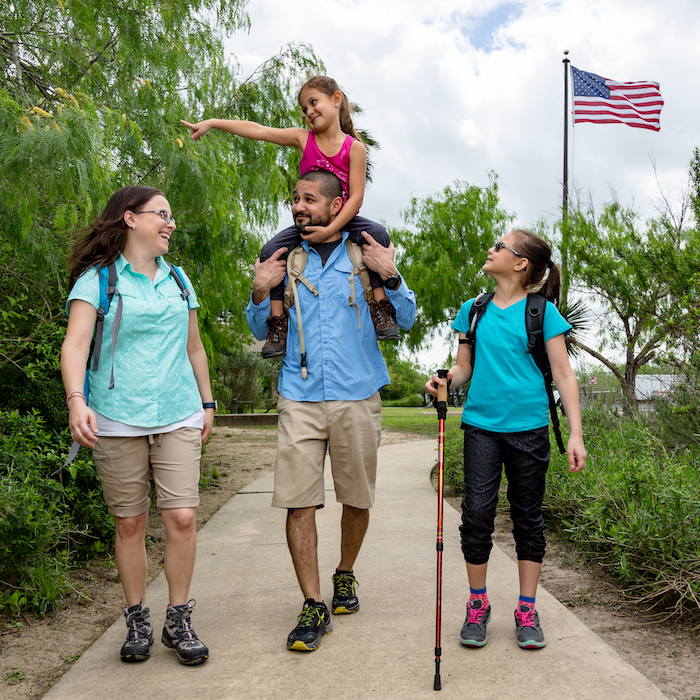
“You see different parts of the city and then meander out to the Palo Alto Battlefield, which is such a beautiful historic site,” enthused Belinda Reininger, the regional dean for the University of Texas School of Public Health, which has supported the trail effort. “It’s accessible, it’s easy to travel, and it feels very safe. It’s for everybody!”
A subtropical paradise with palm trees and bright flowers, Brownsville—the state’s southernmost city and a gateway to Mexico—often boasts temperatures in the 70s even in the depth of winter. Rolling through a former St. Louis, Brownsville and Mexico Railroad corridor in the center of the city, the paved pathway links many popular attractions, including the Gladys Porter Zoo, the Brownsville Museum of Fine Art and the Downtown Rec Center. A connection to the area’s past can be found just three blocks away at the Historic Brownsville Museum, housed within a 1928 Spanish-style depot, and at the Palo Alto Battlefield National Historic Park.
“The northern portion of the trail is a national park, where the major battles of the Mexican-American War were fought that really defined that we are in the United States as opposed to Mexico,” explained Rose M.Z. Gowen, M.D., a Brownsville city commissioner and board member for Rails-to-Trails Conservancy. “If you follow the course of the trail, you’ll hit several battlefields, ending up at the biggest one. That’s why it’s called the Historic Battlefield Trail: because it pays respect to that pivotal time.”
Caracara Trails Take Flight
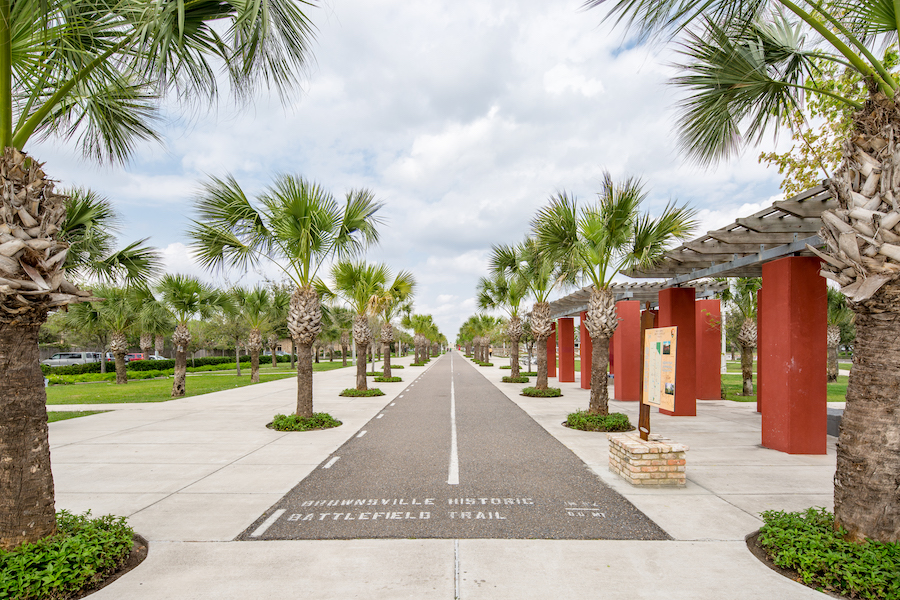
Bordered by the Gulf of Mexico and the famed Rio Grande River, Cameron County is a hot tourism destination with beautiful beaches, wildlife preserves, cultural sites and geographic landmarks. Its growing Caracara Trails system—which includes 230 miles of multiuse trails, 120 miles of U.S. Bicycle Routes and 78 miles of paddling trails—will offer a way to connect residents and visitors with this treasure trove of unique outdoor spaces in way that’s healthy for both people and the environment. The name of the network itself alludes to this local pride and hope for expanded ecotourism, as ‘caracara’ is a type of eagle native to the area and to Mexico.
“We have the largest cross-migration of birds in the country, and we’re one of the top birding spots in the world,” said Judy Quisenberry, executive director of the Valley Baptist Legacy Foundation, a major sponsor for the Caracara Trails. “We absolutely love our beach on San Padre Island—it’s the prettiest in Texas—and we have a couple of state parks here and wildlife reserves. There’s a lot that would pull people outside.”
Brownsville, as the county’s largest city, is at the heart of it all. A new 1.8-mile extension of its Historic Battlefield Trail is the first of six catalyst projects that organizers hope will spur momentum and further development of the Caracara Trails. This new section will connect Brownsville to its northern neighbor of Los Fresnos, an important first step in the movement to connect 11 communities within the region by trail. The new connection will also provide a link to Los Fresnos Nature Park, a local gem with a wildlife pond, bird-viewing blind, amphitheater, butterfly garden, picnic area and children’s play structure.
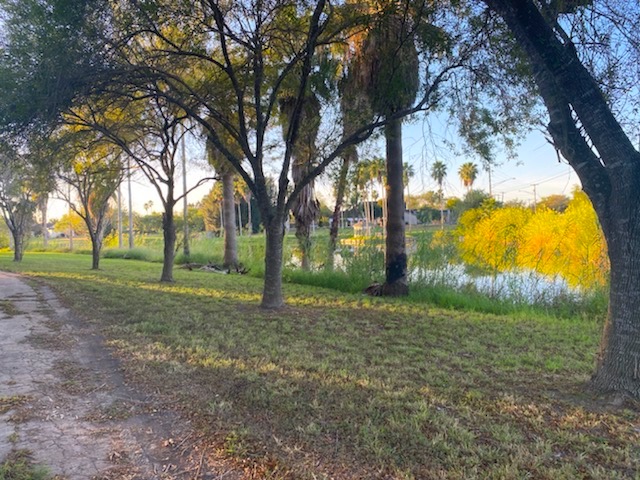
“Our town is not bike friendly today, so this trail will help tremendously,” said Mark Milum, the city manager for Los Fresnos, who noted that this was his community’s first major trail. “In our downtown, the roadway has no extra room for passage on a bike. The new trail will tie together our schools, our parks and our business areas, and most of our residents will be able to jump on that trail within a few blocks, so it’s going to be very convenient.”
Another key project in the Caracara Trails network will directly tie into this new extension near its midpoint and head east to the Laguna Atascosa National Wildlife Refuge, the largest protected area of natural habitat in the Lower Rio Grande Valley that spans a whopping 98,000 acres.
“From the middle of the extension, there will be a connection to the Bahia Grande Trail, which will take you to U.S. Fish and Wildlife land,” noted Gowen. “The Bahia Grande Unit [of the refuge] has important nesting areas for birds and offers amazing opportunities for birdwatching and kayaking. It’s another piece of the network that’s really going to draw people to enjoy ecotourism in our region. We were just awarded funding from the Federal Lands Access Program to do feasibility and environmental studies for that trail, and it’s the first step towards making it a reality.”
In tandem with trail initiatives, there are growing efforts to provide affordable bike options for residents. Currently, the city’s Bike Barn program offers residents the opportunity to earn a bike through volunteer service, and a B-Cycle bike-share program is anticipated to launch by the end of the year that would place several self-service bike rental stations throughout Brownsville and its neighboring cities.
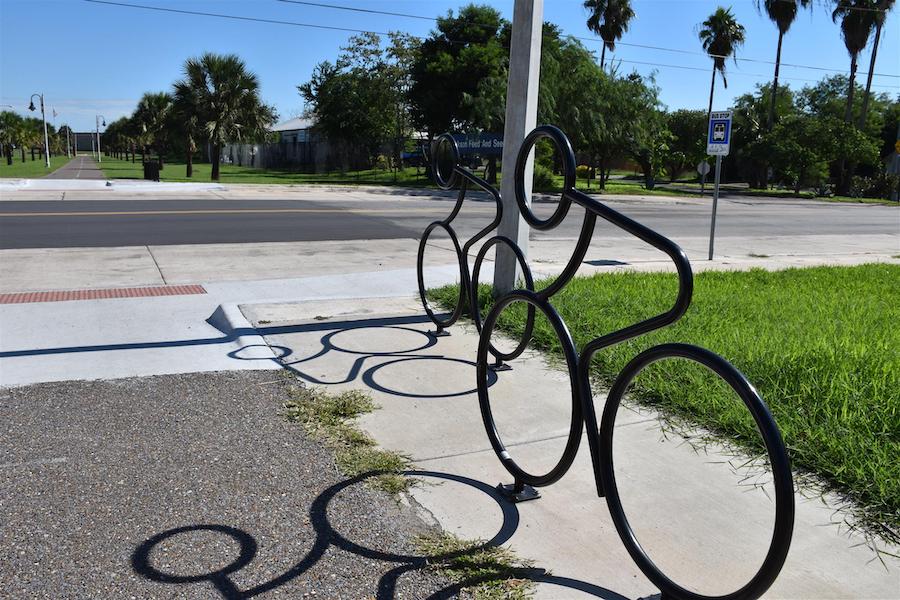
A Closer Look: Connecting the Lower Rio Grande Valley by Trail
A Culture of Health
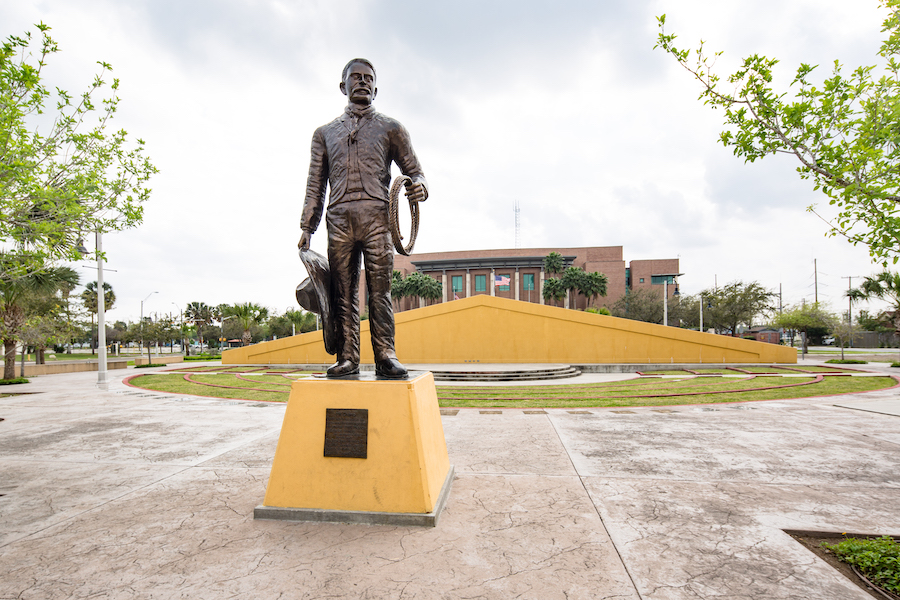
In addition to the tourism potential and recreational benefits of the trails here, something even more urgent is being addressed by developing these vital community assets: the health and well-being of residents.
“For the Foundation, since we are funding health-related projects, we are interested in getting these trails into areas that really don’t have other physical activity choices,” explained Quisenberry, whose foundation provided a $2 million grant for the new trail extension. “We’re the poorest area in Texas and one of the very poorest in the United States. We are the most obese and the most diabetic in the state. We want to work in impoverished areas to get people outside and moving in a way that is free and gives people the same kind of access as affluent areas.”
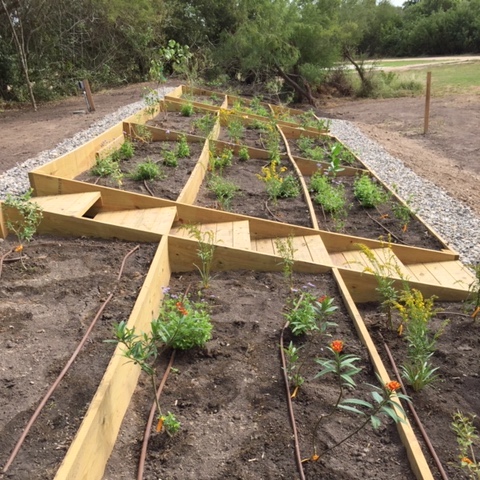
Coupled with physical activity opportunities, a local group has been encouraging healthy eating habits to help counter these negative health outcomes. Programs offered by the Brownsville Wellness Coalition offer a perfect complement to the trail work, providing a farmer’s market at the southern end of the Historic Battlefield Trail, community gardens and urban farms along the route, a walking group, and local healthy cooking classes.
“We’re starting to see the fruits of our labor, which include the trail system and community programs that have come together to build this culture of health,” said Reininger. “What we’re seeing in terms of health statistics now is that there are improvements at the population level resulting from this culmination of programing and support.”
When describing Brownsville, Gowen pointed out the city’s palpable can-do spirit. The secret to the success of the trail work here has been the strength of the local partnerships that have formed, and the passionate and dedicated individuals who are driving it forward. And the momentum that started here is growing outward through the Caracara Trails initiative.
“What’s so special about this whole trail system is the way that it’s connecting multiple cities and bringing leaders across the county together,” said Reininger. “It speaks to this united effort of change. Projects like this represent what is good and possible when we come together with a bigger purpose.”

Donate
Everyone deserves access to safe ways to walk, bike, and be active outdoors.